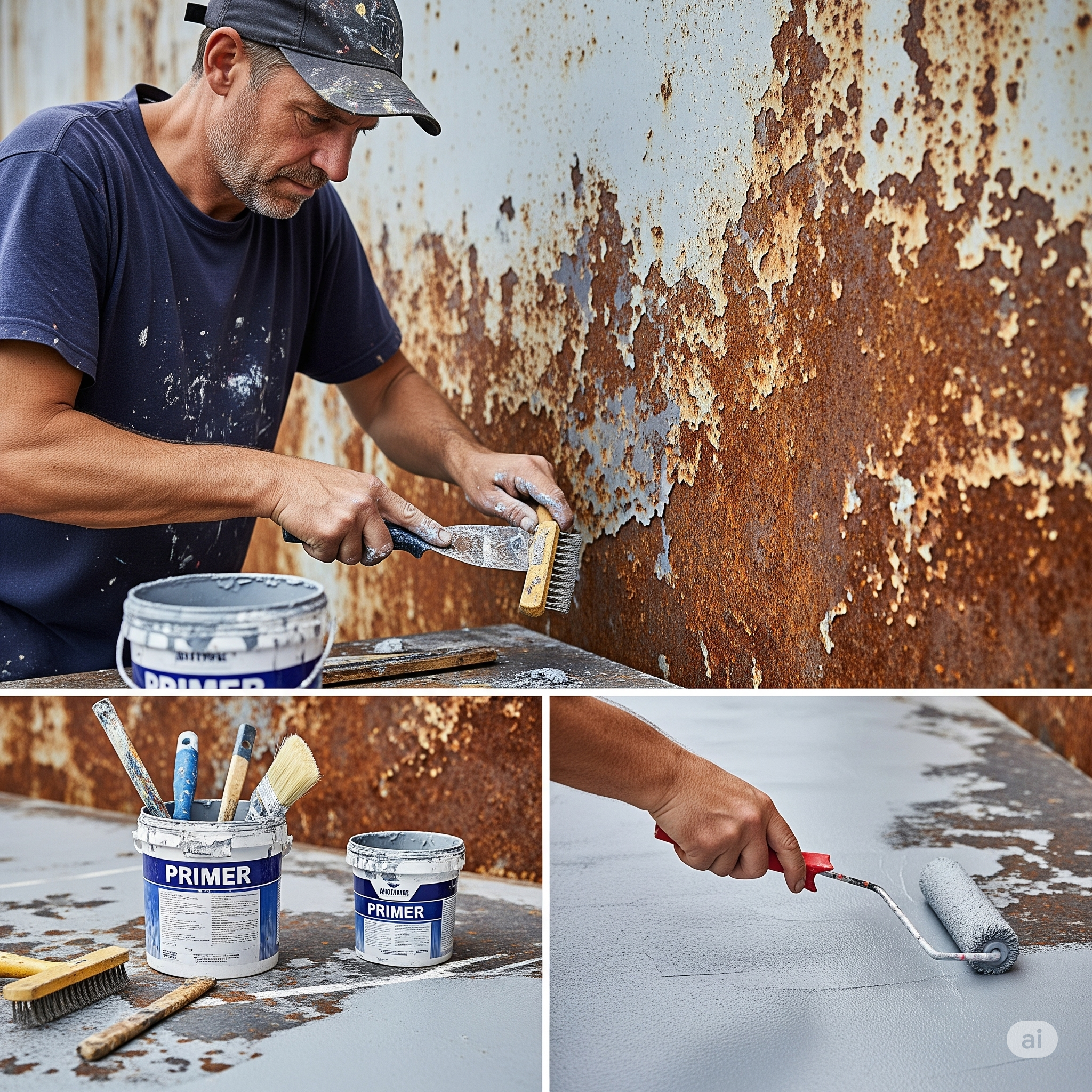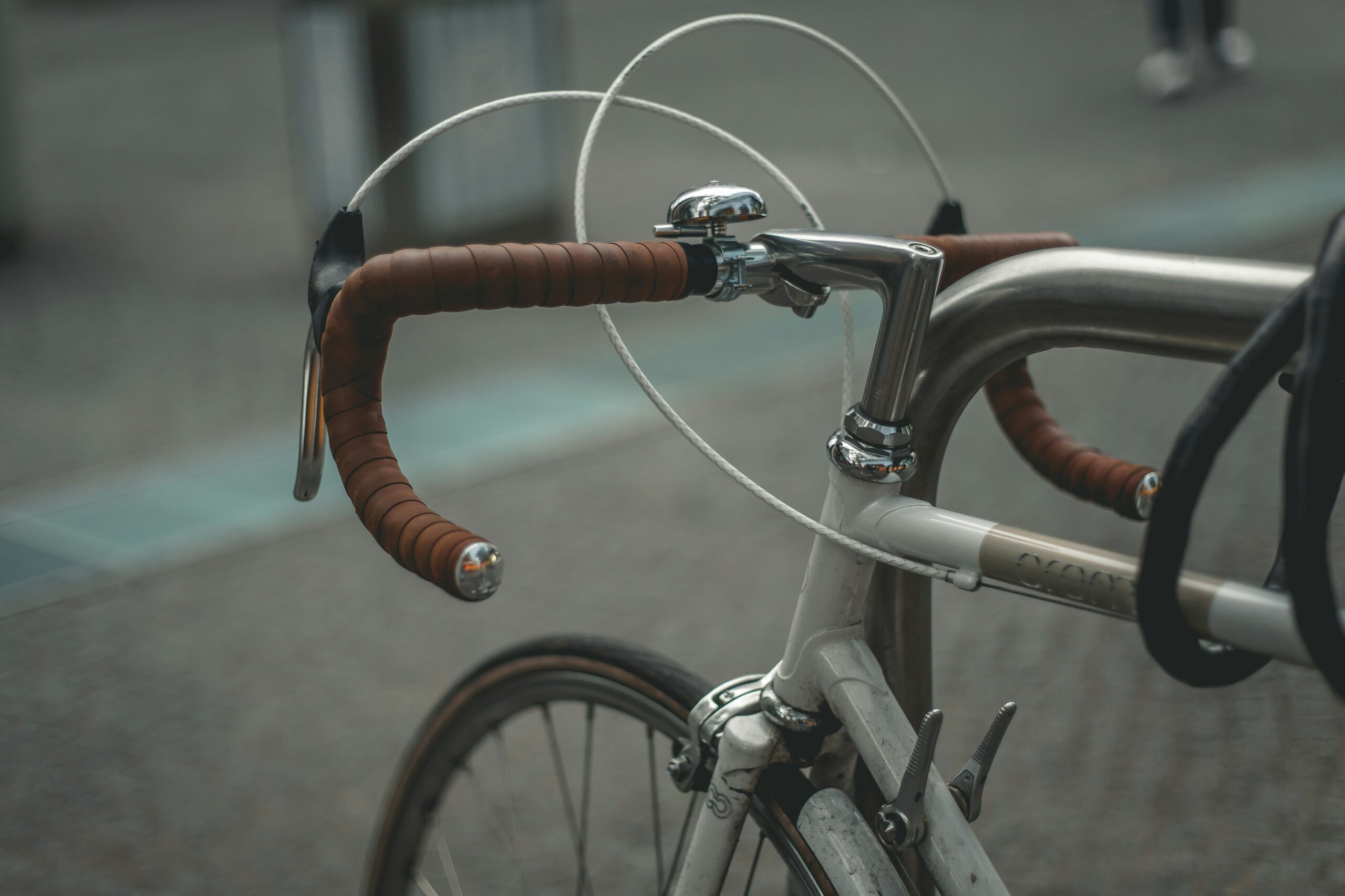How to lubricate hinges, locks and other mechanisms
Hinges, locks and metal mechanisms need regular maintenance. We advise you on how to lubricate them and what to look out for.
Many people only deal with squeaky doors, rattling locks or creaking joints in furniture when something gets jammed or damaged. Yet proper and regular lubrication of these parts greatly extends their life and saves on repair costs. Whether it's door locks, garage doors, door hinges, wheel joints or even joints on work machines, each type of metal mechanism has different lubricant requirements.
In this article, we'll look at how to properly lubricate metal mechanisms in the home, workshop and industry, what product to choose based on the type of load and environment, and what mistakes are most commonly made when lubricating. This is based on the professional technical chemistry offered by COLORIT, whose products are used by craftsmen, workshops and hobbyists.
Basic principles of lubrication
The aim of lubrication is to reduce friction, prevent wear and protect mechanical parts from moisture and corrosion. Quality lubricant:
- separates friction surfaces with a thin film
- repels water
- resists temperature and pressure
- does not attract excessive dust and dirt
But there is no one "ideal" lubricant for all cases. A lightly penetrating multi-purpose oil will do one job, another a thick lithium lubricant that holds up under high loads. The choice should be tailored not only to the type of mechanism, but also to the environment where it operates - high humidity, frost, dust, vibration all play a role.
Lubrication of locks
Locks (door, car, furniture) are mechanically delicate components. Traditional thick lubricants do not belong in them - over time they would clog the internal mechanism and the lock would stop working.
The most suitable is Brunox Turbo-Spray, a multi-purpose technical oil that:
- penetrates deep into the mechanism
- does not leave a sticky film
- displaces moisture
- protects against corrosion
- acts as a release agent for rusted parts
Procedure: Simply apply a small amount directly into the lock hole or onto the tongue, ideally using the nozzle provided. Turn the key a couple of times to get the lubricant where it needs to go. Repeat 2-3 times a year, especially in autumn and before winter.
Door, door and window hinges
Unlike locks, hinges (especially exterior hinges) are mechanically stressed - they bear weight and move under pressure. Here, light oil is no longer enough - you need something that stays in place, holds up under load and doesn't run off with the first rain.
A spray lubricant is the ideal choice. It forms a strong protective film that resists well:
- high pressure
- water and moisture
- temperatures
- dust
Used on door hinges, gates, shutters, but also on bearings, joints and hinges. Thanks to the white colour, the coverage can be visually checked. If the hinge has an outlet for a lubrication nozzle, apply directly into the hole. Otherwise, spray evenly on the contact surfaces and spread the lubricant several times in a spreading motion.
Workshop and garage mechanisms, moving joints, guide rails, pistons
In a workshop environment where dusting, cutting and drilling are carried out, a lubricant with PTFE is ideal. The Teflon film reduces friction while not trapping dust and dirt because it does not remain greasy. It is ideal for:
- saw guide rails
- socket rails
- hydraulic piston rods
- fine mechanical components
Teflon sprays are also very suitable for plastic components and metal-plastic connections where there is a risk of wear.
What is often done wrong
- Using an all-purpose hinge oil - it runs off, doesn't stand up to rain or weight
- Too much lubricant in the lock - creates a mushy paste that clogs the mechanism
- Not lubricating at all - wear, squeaking, oxidation
- Lubrication of dirty joints - dirt sticks and forms an abrasive paste
Always clean the surface with a dry cloth or brush before lubrication, or use a technical cleaner.
Regular care of mechanical parts pays off. It keeps locks working, hinges soundless and joints free from unnecessary wear. Just know the basic differences between the types of technical sprays and adapt your choice to the function and environment. With the COLORIT range this is easy, you will find both universal products like Turbo-Spray and specialised lithium or Teflon sprays that work where conventional oil is not enough.



